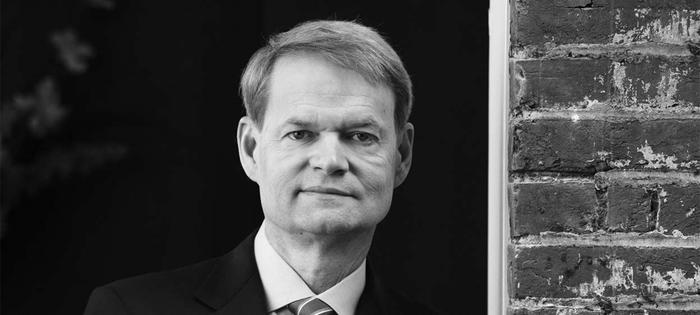Greetings from sunny Phoenix, where the American Association for Public Opinion Research is holding its 66th annual conference. This is the country's premier organization of pollsters, survey researchers, and scholars who measure, analyze, and report on public opinion. About a thousand of us gather each year to present and listen to scholarly papers and reports about research across a wide variety of topics that affect our field.
Are you interested in "The influence of the direction of Likert type scales in web surveys on response behavior in different respondent groups"? Well, if you're at our conference, you've come to the right place to learn more. What about "Analyzing non-response and non-response bias in the occupational employment statistics survey using regression trees"? Ditto. Or "Reexamining the validity of different survey modes for measuring public opinion in the U.S.: Findings from a 2010 multi-mode comparison." You'll find it here.
Substantively, papers here at the conference cover a wide range of topics, including the military's "don't ask, don't tell" policy ("Military members' and military spouses' assessments of the effects of the potential "Don't ask, Don't Tell" policy"), politics ("Incumbents, challengers, and unallocated voters: an examination of late breaking voter decision in the 2010 midterm elections" and "Taking comedy seriously: the effect of political comedy on political knowledge and ideological polarization"), healthcare ("Public opinion on health reform post-midterm elections: continuities and contradictions"), immigration ("Research in immigration opinion in Arizona, New Mexico, Texas, and California"), social controversies ("Political, social, and demographic factors underlying public reaction to the "Ground Zero" Muslim community center and mosque"), and religion ("Catholics and confidence in religious institutions").
This last paper is being presented by a group of Gallup-affiliated researchers from the University of Nebraska. In fact, there are a number of scholarly papers here at the conference using Gallup data, including papers focusing on women's opinions on women's religious freedom in Iran and Turkey, Latin American migration to the United States, important Gallup trends since 1980, political partisanship during the Obama era,, and the role of social networks over time in party identification and political participation.
Although not many of the papers are likely to make headline news, they are extremely important indicators of the seriousness with which the nation's professional public opinion researchers take their jobs.
I'm often confronted by ill-informed statements like this: "Your surveys can't be right, since many people today use cell phones and you don't reach them with your surveys." Of course, our surveys doinclude cell phones, in part because our professional association's members were addressing the cell phone issue as it relates to telephone interviewing years ago. If you had attended AAPOR conferences, say in 2006 or 2007, you would have been amazed at the number of papers presenting research on how to deal with the cell phone phenomenon.
AAPOR's conference does an excellent job of focusing on the key issues facing pollsters today, and a foretaste of those issues looming in the future.
At this year's conference, I would say those looming issues include the implications of the increasing use of the Internet for surveys, a return to the old-fashioned use of samples based on people's addresses, rather than their phone numbers, and the implications of combining data obtained from different modes of interviewing (telephone, mail, Internet).
The main topic of the plenary session here at AAPOR this year is Immigration Reform, a fitting focus for a meeting being held in Arizona where immigration has been a controversial part of the state's social and political landscape over the last year. Hopefully the neutral and scientific approach to the topic brought about by public opinion scientists will help us better understand where the people of the country stand on this volatile issue.
The address given by the president of AAPOR this year will reinforce the importance of AAPOR's core mission -- providing decision makers and leaders with assessments of where the public stands on the key issues of the day. That happens to be an issue I personally believe in deeply. Which is not surprising, given that I'm president of AAPOR this year, and I will be the one giving that address.
Nation's Pollsters Gather in Phoenix

The Five Conditions Assessment
Discover a valuable tool for business owners, policymakers and investors to reliably assess companies' potential for growth.